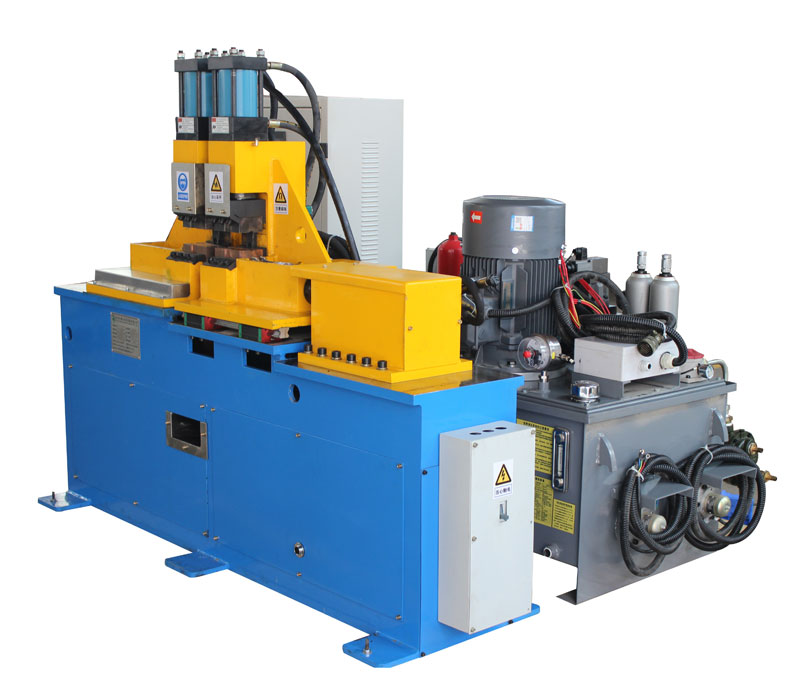Flash butt welding is a widely used technique in the welding industry, offering numerous advantages in terms of strength, efficiency, and precision. In this article, we will delve into the key aspects of the flash butt welding process and its applications.
Flash butt welding is a specialized method employed to join two pieces of metal through the application of heat, pressure, and an electric arc. It is a versatile technique, suitable for a wide range of materials and applications, making it a preferred choice in various industries such as automotive, aerospace, and construction.
The Flash Butt Welding Process
The flash butt welding process involves several distinct steps:
- Alignment: The two pieces of metal to be joined are carefully aligned, ensuring a precise fit. Proper alignment is crucial for a strong and clean weld.
- Contact and Preheat: The ends of the metal pieces are brought into contact, and an electric current is passed through them. This creates a flash, which rapidly heats the metal surfaces.
- Upsetting: After the flash, a forging force is applied to the metal pieces, pushing them together. This pressure, combined with the heat, causes the metal to soften and become malleable, facilitating the welding process.
- Weld Formation: As the metal cools and solidifies, a high-quality, consistent weld is formed. Flash butt welding results in a seamless joint with no filler material required.
Advantages of Flash Butt Welding
Flash butt welding offers several advantages, making it a preferred choice in many industries:
- Strong and Durable: Flash butt welds are known for their exceptional strength and durability, often exceeding the base material’s properties.
- Efficiency: The process is highly efficient, with minimal material waste and a rapid cycle time, making it cost-effective for large-scale production.
- Precision: Flash butt welding allows for precise control over the welding parameters, resulting in consistent and high-quality welds.
- Clean and Environmentally Friendly: Since no additional materials like flux or filler wire are required, the process is environmentally friendly and produces clean, aesthetically pleasing welds.
Applications of Flash Butt Welding
Flash butt welding finds application in a variety of industries, including:
- Automotive: It is used in the manufacturing of automotive components like axles, suspension parts, and exhaust systems.
- Aerospace: The aerospace industry relies on flash butt welding for the assembly of critical components, ensuring the highest levels of structural integrity.
- Railway: Flash butt welding is used in railway track construction to join long sections of rail, ensuring stability and safety.
- Construction: In the construction sector, it is employed for welding reinforcing bars and other structural elements.
Flash butt welding is a versatile and efficient process that plays a crucial role in various industries. Its ability to produce strong, clean, and reliable welds has cemented its place as a preferred welding method for critical applications. Understanding the principles and advantages of flash butt welding is essential for engineers and manufacturers seeking to achieve top-quality welds in their products.
Post time: Oct-25-2023








